Be aware › Snakes
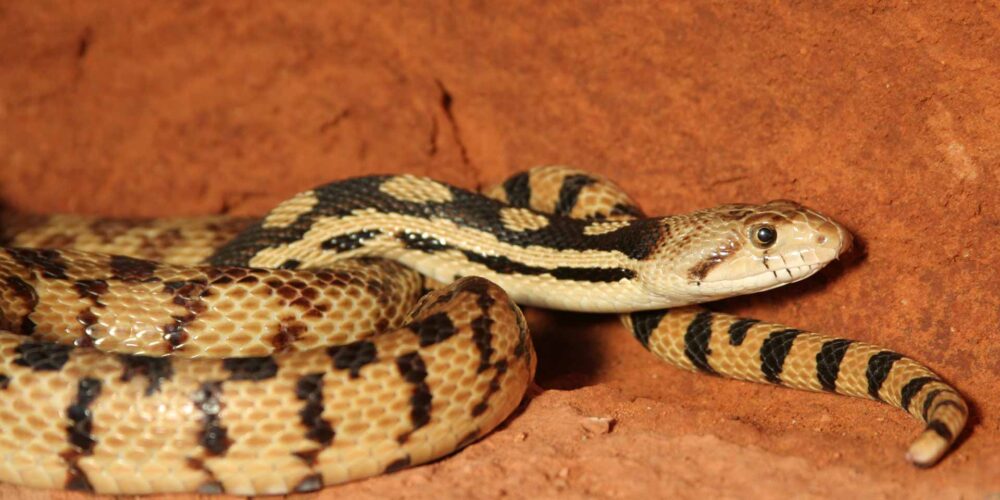
Welcome To Snake Country
Utah is home to many different species and subspecies of snakes, several of which are venomous.
The venomous snakes in Utah have broad, triangular-shaped heads, and vertical eye pupils. There are heat sensory ‘pits’ on each side of the snake’s head between the nostrils and eyes. Most venomous snakes in Utah have rattles on their tails.
Non-venomous snakes have longer snouts and round pupils.

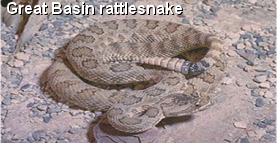


If you can’t tell if the snake is venomous from a distance, leave it alone and treat it as if it were venomous. Any snake may respond aggressively if agitated.
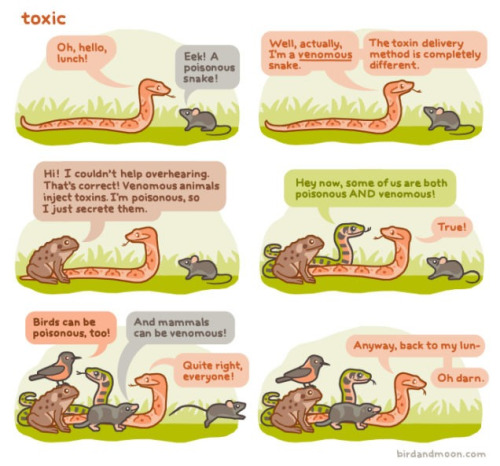
Rattlesnake Sound
Snake Signs


Legal Status
Snakes are classified as non-game animals and are protected by Utah state laws.
A person cannot collect or possess a live wild snake without receiving a Certificate of Registration from the Utah Division of Wildlife Resources.
Avoiding Conflicts
Snakes hibernate during the winter under rocks and in burrows. In the summer, they are most active at dawn and dusk. Snakes mainly eat rodents, birds and other reptiles.
Although most encounters with snakes in Utah are not dangerous, it is important to learn how to keep yourself, your family and pets safe. Here are some tips to avoid conflicts.
While Recreating
- If you encounter a snake outside of human development, leave it alone — it’s in its natural habitat.
- Never try to poke, handle, corner or harass a snake.
- Most snake bites occur when people are trying to handle or kill the snake. Teach children to respect wildlife and to look, but not touch.
- Snakes hide well on open trails and in dense grasses. Be aware of your surroundings. Look carefully where you place your feet, and before you sit down on the ground, on rocks, or on logs.
- Wear closed-toed shoes while hiking.
- If you hear a rattle, don’t jump or panic. Try to locate where the sound is coming from before trying to move. Warn others if they are around.
- If bitten, treat it as if it were a venomous snakebite. Do not use a tourniquet or cold compress. Do not suck out the venom. Keep the victim calm, remove restrictive clothing and jewelry near the bite, and keep the affected area below the level of the heart. Treat for shock, if necessary, and get medical attention immediately.
At Home
The best way to reduce problems associated with snakes is to make your property unattractive to them.
- Supervise children and pets when outside.
- Trim vegetation and remove wood and rock piles to reduce hiding places.
- Control rodents on your property: Remove bird feeders, an attractant to rodents.
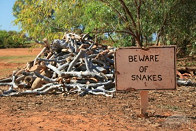


Exclusion
Snakes may enter buildings in search of shelter or food. Exclude snakes from buildings by closing off all possible entrances. Check the foundation for cracks and openings larger than ¼ inch, and fill these openings with caulk or concrete mortar.
Metal screen or ¼-inch hardware cloth can also be used to close off openings. Pay special attention to areas where pipes or wires enter the building. Keep garage doors closed — leaving them partially open could allow snakes to enter in search of cool denning areas.


Hardware cloth can be placed behind the slats underneath porches and decks.
Snake-proof fence
This exclusion method may be costly, but can be very effective at keeping snakes out of your yard. A snake-proof fence can be constructed from ¼-inch hardware cloth, 36 inches wide; with the bottom edge buried at least 6 inches in the ground.
The fence should be slanted outward at a 30-degree angle. Gates should swing inward because of the outward slope of the fence. A 36-inch vertical fence with a 12-inch lip at the top, facing outside and angled downward at a 30 degree angle would work as well.


Toxicants and Repellents
There are no toxicants or repellents that have proven useful for snake control.
Removal
If a snake must be moved out of an area, you may be able to encourage it to leave by aiming a garden hose spray at the snake. For venomous snakes, keep at a safe distance of at least 15 feet away while hosing the snake. Continue to hose until the snake has moved off your property. If the snake will not retreat, stop and call a professional to remove the snake.

If you do not know if the snake is venomous, act as if it were and do not attempt to trap and move the snake yourself. In the case of venomous snakes, this should be done only by trained personnel from reputable wildlife removal companies or personnel from the Utah Division of Wildlife Resources or USDA Wildlife Services.
DO NOT TRY TO MOVE THE SNAKE YOURSELF.
If you have problems with snakes that cannot be resolved by following these tips, please consult a professional, licensed animal control company.
If you have an encounter with aggressive wildlife, please alert the Utah Division of Wildlife Resources office near you. If the encounter occurs after hours or on the weekend, please call your local police department or county sheriff’s office, who can contact a conservation officer to handle the situation.


References
- USU Cooperative Extension Wildlife Damage and Management Series and Internet Center for Wildlife Damage Management (ICWDM)
Downloads
- Welcome to Snake Country Rack Card (PDF)
- Snake Country flyer (PDF)
- Venomous vs. Non-Venomous Characteristics (PDF)
- Utah’s Venomous Snakes (PDF)
- Western Rattlesnake Biology and Ecology from UDWR (PDF)
- Living with Non-Venomous Snakes (PDF)
- Living with Venomous Snakes(PDF)
- Utah’s Hogle Zoo Living with Predators Series: Snakes

